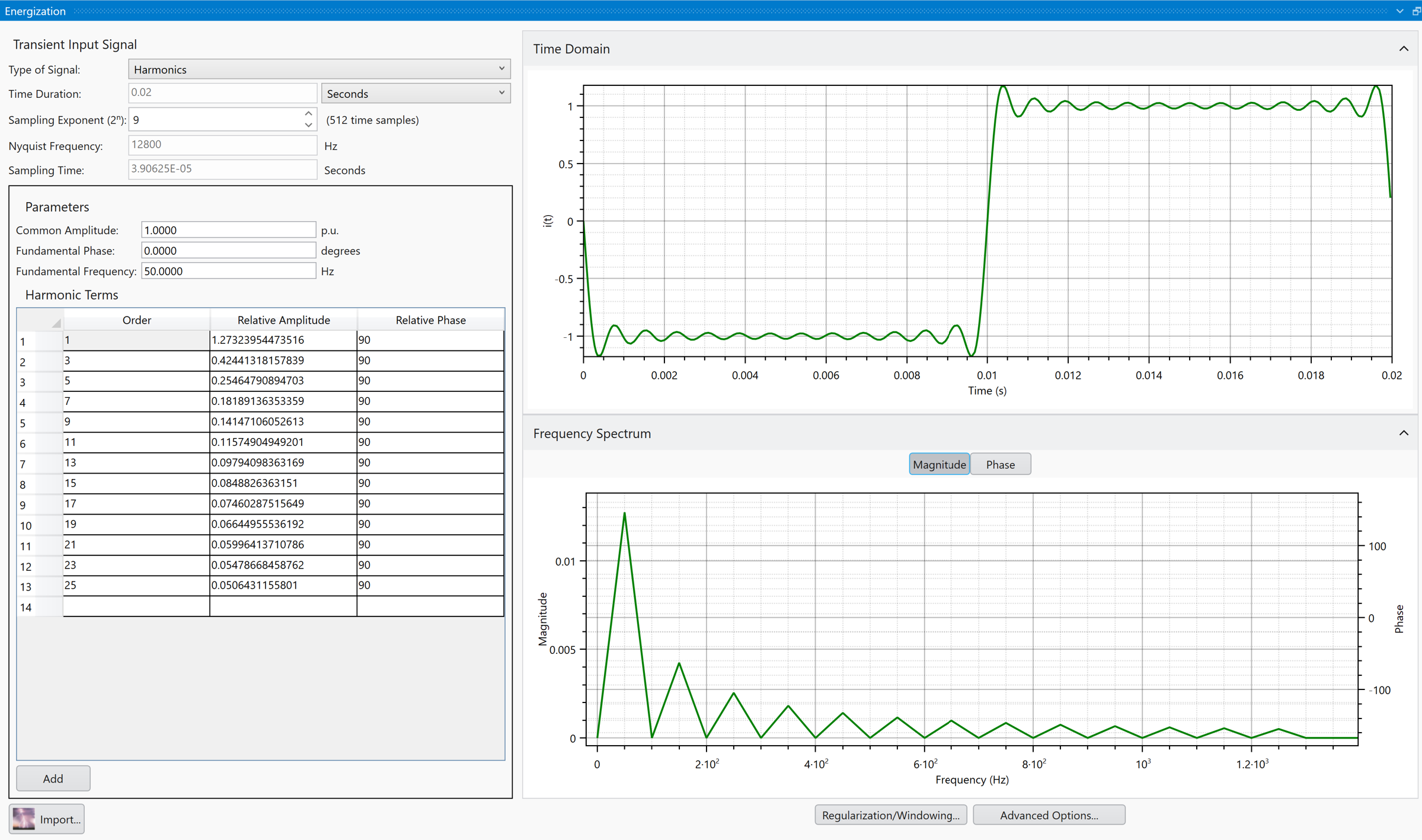
|
||
SESTransientMany devices connected to power networks can cause the generation of current and voltage harmonics of the fundamental frequency. Examples of such devices include power electronics, such as rectifiers and inverters, non-linear loads, or saturated transformers. Those voltage and current harmonics degrade power quality and can cause various deleterious effects, such as malfunction of sensitive equipment and protective devices, overheating of equipment, interference with communication systems, etc. Until now, modeling harmonics with SES software required a somewhat cumbersome manual process involving multiple HIFREQ computations at discrete harmonic frequencies, followed by signal reconstruction in FFTSES. This method demands careful energization scaling, precise phase alignment, and strict adherence to Fourier transform theory, all prone to human error and difficult to audit. While the method was theoretically sound, its complexity hindered practical adoption and opened the door for inconsistencies across user workflows. To simplify and automate this process, a new signal type was developed in SESTransient to represent harmonic sources directly. Rather than constructing the harmonic signal from multiple frequency-domain computations and manually assembling the inverse FFT, users can now define a spectrum of harmonic components and inject it into their simulation in a single step. This feature streamlines the modeling process, improves accuracy, and eliminates the risk of misapplying Fourier transforms theory in harmonic studies. 
|
||
|